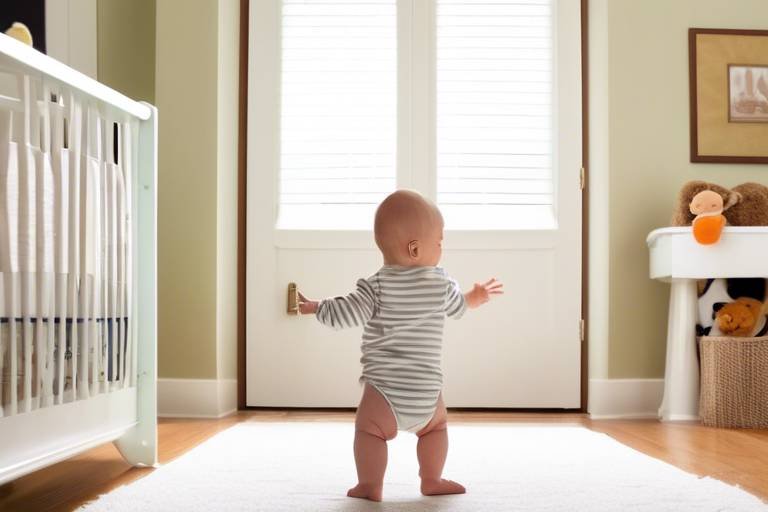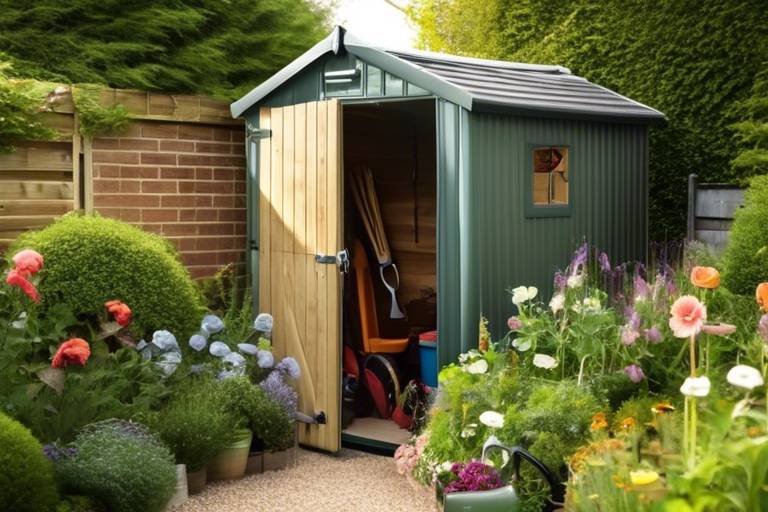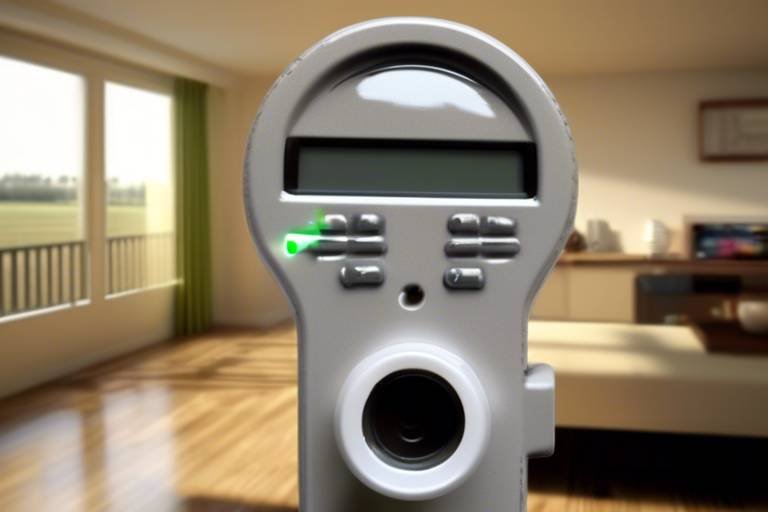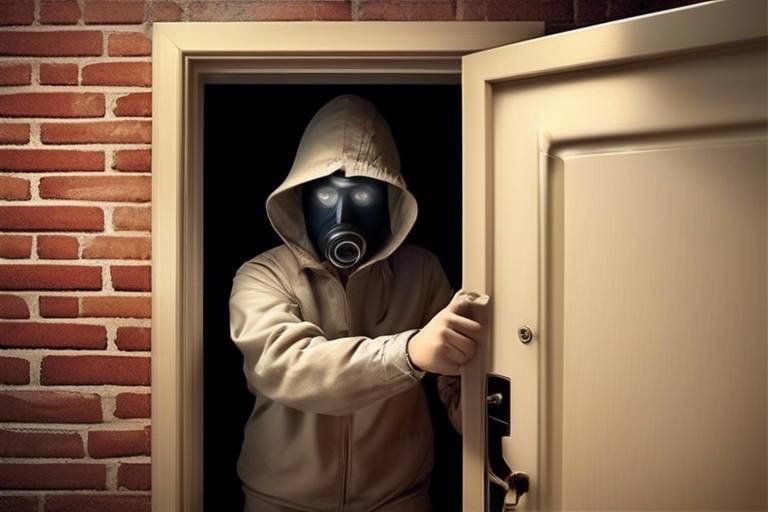Baby Proofing Your Home – A Room-by-Room Guide
As a new parent, the world can feel overwhelming, especially when it comes to ensuring your home is a safe haven for your little one. Baby proofing your home is not just a task, but a vital journey that transforms your living space into a secure environment for exploration. Every corner of your home can be a potential hazard, and understanding how to tackle these risks room by room is essential. This guide will walk you through practical tips and strategies to make your home safe for your baby, ensuring peace of mind as they grow and discover their surroundings.
The living room is often the heart of the home, where family gathers and memories are made. However, with its array of furniture and electronic devices, it can also be a hotspot for accidents. Start by securing heavy furniture, such as bookshelves and cabinets, to the wall to prevent tipping. It’s also wise to remove any sharp-edged furniture or decor that could pose a risk. Create a designated play area where your child can explore safely, using soft mats and age-appropriate toys. Remember, the goal is to create a space where your child can roam freely without the constant worry of injury.
The kitchen is a treasure trove of potential dangers for curious little hands. From sharp knives to hot surfaces, ensuring your kitchen is baby-proofed is crucial. One of the first steps is to install cabinet locks to keep hazardous items out of reach. This simple addition can prevent your child from accessing cleaning supplies or sharp utensils that could lead to serious accidents.
Installing cabinet locks is crucial to prevent little hands from accessing dangerous items like cleaning supplies and sharp utensils, ensuring a safer kitchen environment for your child. There are various types of cabinet locks available, including:
- Magnetic Locks: These require a special key to unlock, making them harder for toddlers to figure out.
- Sliding Locks: Simple to install and operate, these are effective for cabinets that slide open.
- Adhesive Locks: These can be easily applied and removed without damaging your cabinets.
Proper installation of cabinet locks is vital for effectiveness. Always follow the manufacturer’s instructions closely. Make sure the locks are securely fitted, as a loose installation could easily be compromised by a determined toddler.
Keeping the countertops clear of hazardous items is essential. Sharp knives, hot pots, and small appliances should be stored away to maintain a safe kitchen space. Consider using a high shelf for items that need to be out of reach, and regularly check your countertops to ensure that no dangerous tools or substances are left unattended.
The bathroom is filled with potential risks for young children. Water, slippery surfaces, and toxic substances can turn bath time into a hazardous experience if not managed carefully. Start by securing the area around the bathtub. Use non-slip mats to significantly reduce the risk of slips and falls, providing a safer bathing experience for your little one. Additionally, consider installing toilet locks to prevent toddlers from accessing the toilet bowl, which can be both dangerous and unsanitary.
Using non-slip mats in the bathroom can significantly reduce the risk of slips and falls, providing a safer bathing experience for your little one. These mats should be placed both inside and outside the tub to ensure safety during bath time.
Toilet locks are essential to prevent toddlers from accessing the toilet bowl, which can be dangerous. There are various options available for toilet safety, from simple latches to more complex locking systems, ensuring that curious little hands stay safe.
Creating a safe sleeping environment is crucial for your baby's well-being. Start by following crib safety guidelines, such as ensuring the mattress is at the correct height and avoiding loose bedding. It's important to keep the crib free of toys and pillows that could pose a suffocation risk. Additionally, anchoring furniture to the wall can prevent tipping hazards, especially with curious toddlers who may attempt to climb or pull on furniture in their bedroom.
Following crib safety guidelines can help reduce the risk of accidents and ensure a safe sleep environment. Ensure that the crib meets current safety standards and that the mattress fits snugly within the crib frame.
Anchoring furniture to the wall prevents tipping hazards, especially with curious toddlers who may attempt to climb or pull on furniture in their bedroom. Using brackets and straps can provide an extra layer of security, giving you peace of mind as your child explores their space.
Q: When should I start baby proofing my home?
A: It's best to start baby proofing your home before your baby begins to crawl, usually around 6 to 9 months old.
Q: What are the most common hazards to look for?
A: Common hazards include sharp objects, small items that can be swallowed, toxic substances, and heavy furniture that can tip over.
Q: How can I make my home child-friendly?
A: In addition to baby proofing, consider using soft furniture edges, keeping dangerous items out of reach, and creating safe play areas.
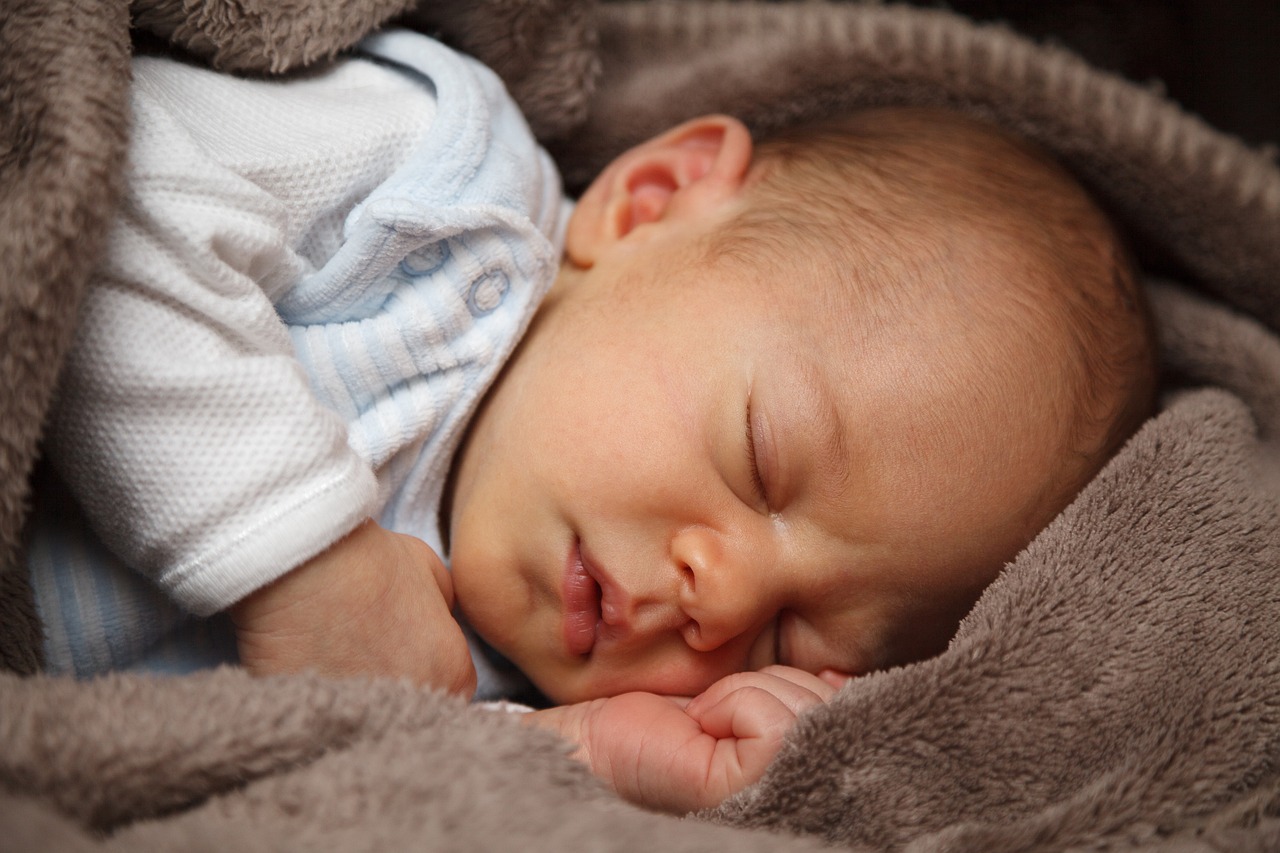
Living Room Safety
The living room is often the heart of the home, a place where families gather to relax, play, and create cherished memories. However, it can also be a minefield of potential hazards for your little explorer. Baby proofing this space is not just about aesthetics; it's about ensuring your child's safety while allowing them the freedom to explore. Start by assessing the room from a toddler's perspective. Get down on their level and look for anything that could pose a risk. Is there a sharp corner on the coffee table? Are there cords hanging down that could be a choking hazard? These are just a few of the many considerations you’ll need to address.
One of the first steps in making your living room safer is to secure any heavy furniture. Tall bookshelves, entertainment centers, and dressers can easily tip over if a curious toddler decides to climb or pull on them. Anchoring these pieces to the wall will mitigate this risk significantly. Additionally, consider using corner guards on sharp edges to prevent injuries during those inevitable tumbles.
Another essential aspect of living room safety is creating a designated play area. Use soft rugs or mats to provide a comfortable space where your child can play safely. This area should be free from small objects that could be swallowed or choked on. You might also want to invest in a few storage solutions, like bins or baskets, to keep toys organized and out of the way when not in use. A clutter-free environment not only looks better but also reduces the risk of accidents.
Don't overlook the importance of electrical safety. Cover all outlets with childproof outlet covers to prevent little fingers from poking where they shouldn't. Additionally, ensure that any cords from lamps or electronics are tucked away and out of reach. You can use cord organizers or cable clips to manage these effectively.
Finally, keep in mind that supervision is key. No matter how many precautions you take, nothing can replace the watchful eye of a parent. Regularly check the living room for new hazards as your child grows and becomes more mobile. Remember, baby proofing is an ongoing process, and staying one step ahead of your little one will help create a safer environment for everyone.
- How can I make my living room safer for my baby? Start by securing heavy furniture, covering sharp edges, and keeping small objects out of reach. Create a designated play area with soft flooring and keep electrical outlets covered.
- What are the best types of furniture for a baby-proof living room? Opt for furniture with rounded edges, sturdy construction, and that can be anchored to the wall. Avoid glass tables or anything that could easily tip over.
- Should I consider using a baby gate in the living room? If your living room opens up to stairs or areas that are not safe for your child, a baby gate can be a great addition to keep them contained in a safe space.

Kitchen Precautions
The kitchen is often referred to as the heart of the home, but when you have a little one crawling around, it can also become a minefield of potential dangers. From sharp knives to hot surfaces, the kitchen is filled with hazards that can turn a simple meal prep into a stressful situation. To ensure your baby’s safety, it’s crucial to take proactive measures. Think of your kitchen as a fortress where every entry point must be secured to keep your little explorer safe. Here are some essential steps to baby proof your kitchen effectively.
One of the first steps in baby proofing your kitchen is installing cabinet locks. These handy devices prevent tiny hands from accessing dangerous items like cleaning supplies, medications, and sharp utensils. Imagine your child discovering a bottle of bleach or a sharp knife—yikes! By securing your cabinets, you’re not just locking doors; you’re locking away potential disaster. There are several types of locks available, including:
- Magnetic Locks: These require a special key to open, making it difficult for toddlers to access the contents.
- Sliding Locks: Simple to install, these locks slide into place, keeping cabinets securely shut.
- Adhesive Locks: These are easy to apply and can be removed without damaging the cabinets.
Proper installation of cabinet locks is key to their effectiveness. Always follow the manufacturer’s instructions to ensure a secure fit. It’s like putting a lock on your front door; if it’s not installed correctly, it won’t keep unwanted guests out. Make sure to test the locks after installation to confirm they work as intended. Remember, a well-secured kitchen is a happy kitchen!
Another critical area to focus on is your kitchen countertops. Keeping countertops clear of hazardous items is essential for maintaining a safe space. Imagine your toddler reaching for a sharp knife or a hot pot—scary, right? To minimize risks, regularly check your countertops for any items that could pose a danger. Here are some tips to keep your countertops safe:
- Store sharp objects, like knives, in a locked drawer or on a magnetic strip out of reach.
- Keep hot pots and pans off the edge of the counter to avoid accidental burns.
- Remove small appliances that could be easily tipped over, such as toasters or blenders.
By keeping your countertops organized and free from hazards, you create a safer environment for your little one to explore. Remember, a clutter-free countertop is not just about aesthetics; it’s about safety!
In summary, baby proofing your kitchen requires a combination of smart storage solutions and proactive measures. By installing cabinet locks and ensuring countertops are free from dangerous items, you can create a safe space for your child to learn and grow. Just like a well-oiled machine, a secure kitchen allows you to focus on what truly matters—spending quality time with your family without the constant worry of hazards lurking around every corner.
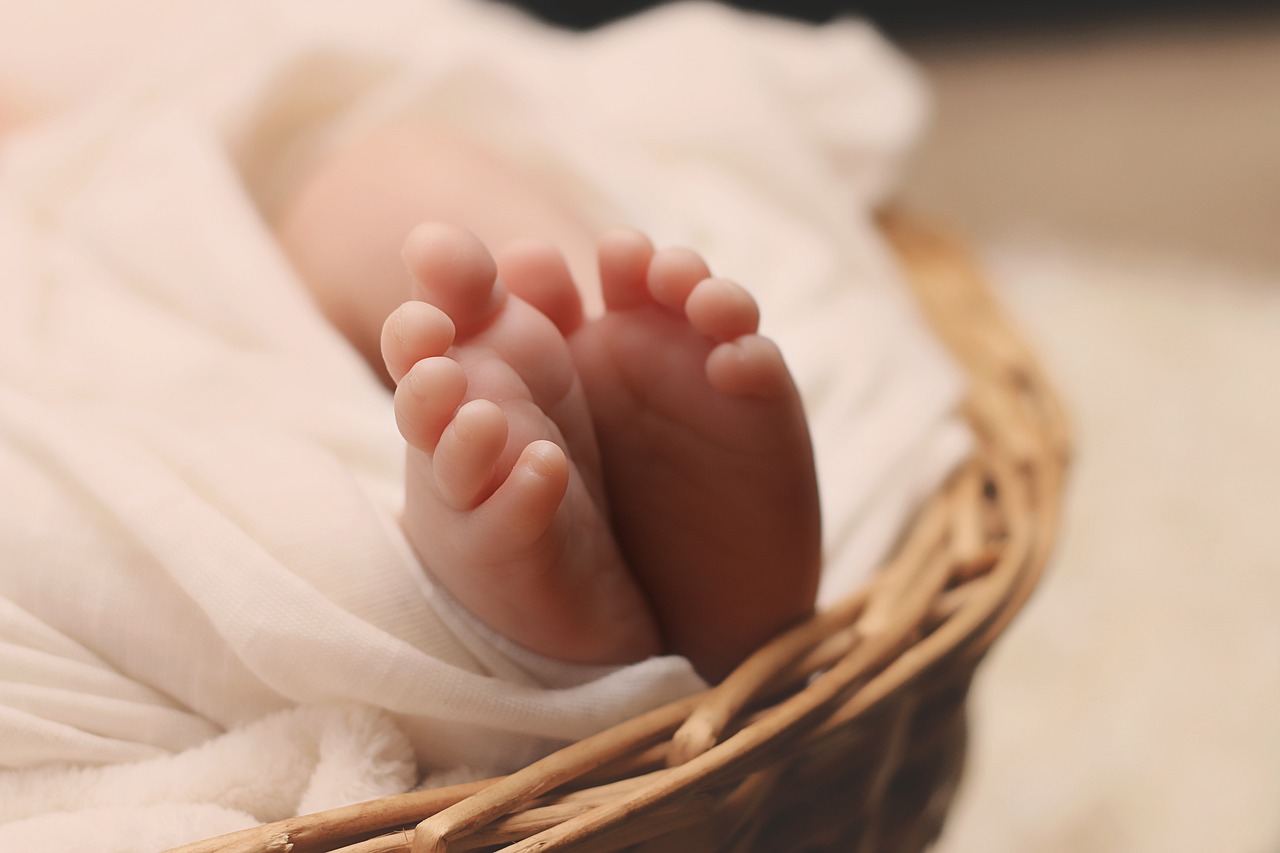
Cabinet Locks
When it comes to baby proofing your kitchen, installing cabinet locks is one of the most important steps you can take. Babies and toddlers are naturally curious, and their little hands can reach places you might not even think about. Imagine your child, with their innocent eyes, discovering a cabinet full of cleaning supplies or sharp utensils. It’s a recipe for disaster! By securing these cabinets, you’re not just preventing access; you’re creating peace of mind for yourself.
There are several types of cabinet locks available on the market, each designed to cater to different needs and preferences. For instance, magnetic locks are incredibly effective; they require a special key to open, which means only adults can access the contents. On the other hand, adhesive locks are easy to install and can be removed without damaging your cabinets. If you’re looking for something a bit more robust, consider sliding locks, which provide a physical barrier that prevents little hands from opening the doors.
Here’s a quick overview of the various types of cabinet locks:
| Type of Lock | Security Level | Ease of Installation |
|---|---|---|
| Magnetic Locks | High | Moderate |
| Sliding Locks | Moderate | Easy |
| Adhesive Locks | Low | Very Easy |
Now, let’s talk about installation. Proper installation is crucial for the effectiveness of these locks. Always follow the manufacturer’s instructions closely. For magnetic locks, ensure that the magnetic key is stored out of reach of your child, as it’s the key to accessing the locked cabinets. For sliding and adhesive locks, make sure they are securely attached to the cabinet doors. A loose lock is just as good as no lock at all!
In addition to installing locks, consider teaching your child about safety as they grow. While it’s essential to baby proof your home, it’s equally important to educate your child about the dangers of certain areas. This combination of physical barriers and education will help create a safe environment as your little one explores their world.
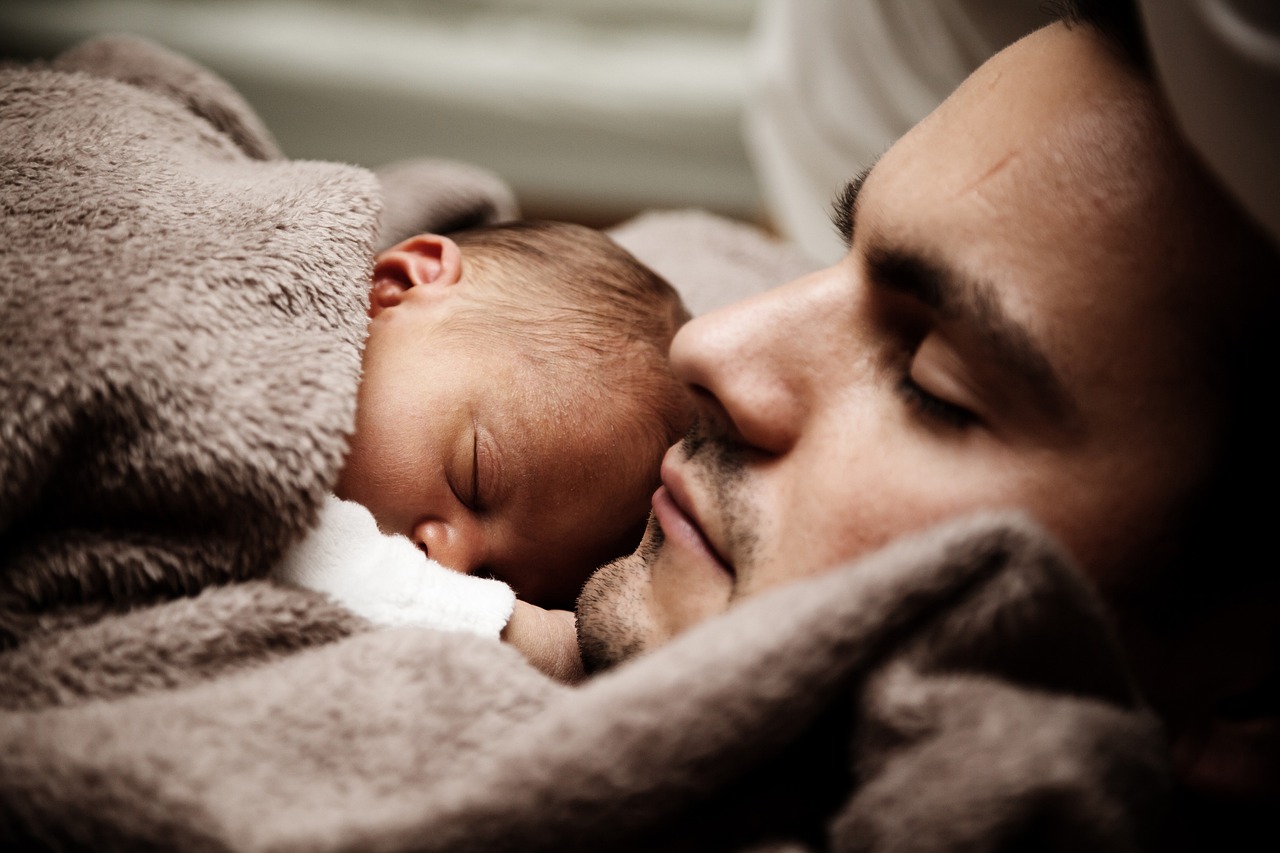
Types of Locks
When it comes to baby proofing your kitchen, choosing the right type of cabinet lock is essential for ensuring your child's safety. There are several options available, each with its own unique features and benefits. Understanding these types can help you make an informed decision that best suits your home and lifestyle.
First up, we have magnetic locks. These locks are particularly popular because they are highly effective and discreet. They work by using a magnetic key that you can keep out of reach, allowing you to easily open the cabinet while keeping little hands away from harmful substances. The installation process is straightforward, and once in place, they are nearly invisible, maintaining the aesthetic of your kitchen.
Next on the list are sliding locks. These locks are designed to slide across the cabinet doors and can be easily operated by adults but are challenging for toddlers to manipulate. They come in various designs and colors, allowing you to choose one that matches your kitchen decor. However, they may not be suitable for all cabinet styles, so be sure to check compatibility before purchasing.
Another option is the adhesive locks. These are incredibly easy to install since they simply stick to the cabinet surface. They are a great temporary solution, especially if you’re renting or don’t want to drill holes in your cabinets. However, you should keep in mind that they may not be as durable as other types, and over time, the adhesive can lose its grip.
To give you a clearer picture, here’s a quick comparison table of the different types of cabinet locks:
| Type of Lock | Installation | Visibility | Durability |
|---|---|---|---|
| Magnetic Locks | Easy | Invisible | High |
| Sliding Locks | Moderate | Visible | Moderate |
| Adhesive Locks | Very Easy | Visible | Low |
In conclusion, the right choice of cabinet lock will significantly contribute to creating a safer kitchen environment for your little explorer. Remember to consider your specific needs, the design of your cabinets, and how long you plan to use the locks. It's all about striking the right balance between safety and convenience!
- What is the best type of cabinet lock for my kitchen? It depends on your specific needs. Magnetic locks are great for long-term use, while adhesive locks are perfect for temporary solutions.
- Are cabinet locks easy to install? Most cabinet locks are designed for easy installation, but it's important to follow the manufacturer's instructions closely.
- How do I know if a lock is secure enough? Look for locks that are specifically designed for child safety, and read reviews to see how other parents have found their effectiveness.

Installation Tips
When it comes to installing cabinet locks, there are a few essential tips to keep in mind to ensure that your little one stays safe. First and foremost, always read the manufacturer's instructions thoroughly before you begin. Each type of lock may have specific requirements for installation, and understanding these can save you a lot of time and hassle. For example, magnetic locks often require precise placement of the lock and key, so make sure to follow the guidelines closely.
Next, consider the placement of the locks. It's crucial to install them on cabinets that contain hazardous materials or sharp objects. Ideally, locks should be positioned at a height that is out of reach for your child, typically around 6 inches from the top of the cabinet. This way, even the most curious little hands won’t be able to access dangerous items.
Another important aspect is to check the adhesive strength if you're using adhesive locks. Before applying them permanently, test the adhesive on a small, inconspicuous area to ensure it won’t damage your cabinets. If you choose to go with a sliding lock or a magnetic lock, make sure to test the mechanism multiple times to ensure it operates smoothly. Remember, the goal is to make it easy for adults to open while keeping it secure from tiny fingers.
Lastly, after installation, it’s a good idea to conduct a safety check. Give each cabinet a gentle tug to ensure the locks are secure. You might even want to have a friend or family member try to open the cabinets to see if they can bypass the locks. This extra step can give you peace of mind, knowing that your baby-proofing efforts are effective.
As you embark on your baby-proofing journey, you may have some questions. Here are a few of the most common inquiries:
- What age should I start baby-proofing my home? It's best to start baby-proofing as soon as your baby begins to crawl, typically around 6 to 10 months old.
- Are all cabinet locks the same? No, there are various types of locks, including magnetic, sliding, and adhesive locks, each designed for different needs and cabinet types.
- How do I know if my baby-proofing is effective? Regularly test the locks and safety measures you’ve implemented. If your child can access dangerous items, it’s time to reassess your baby-proofing strategy.
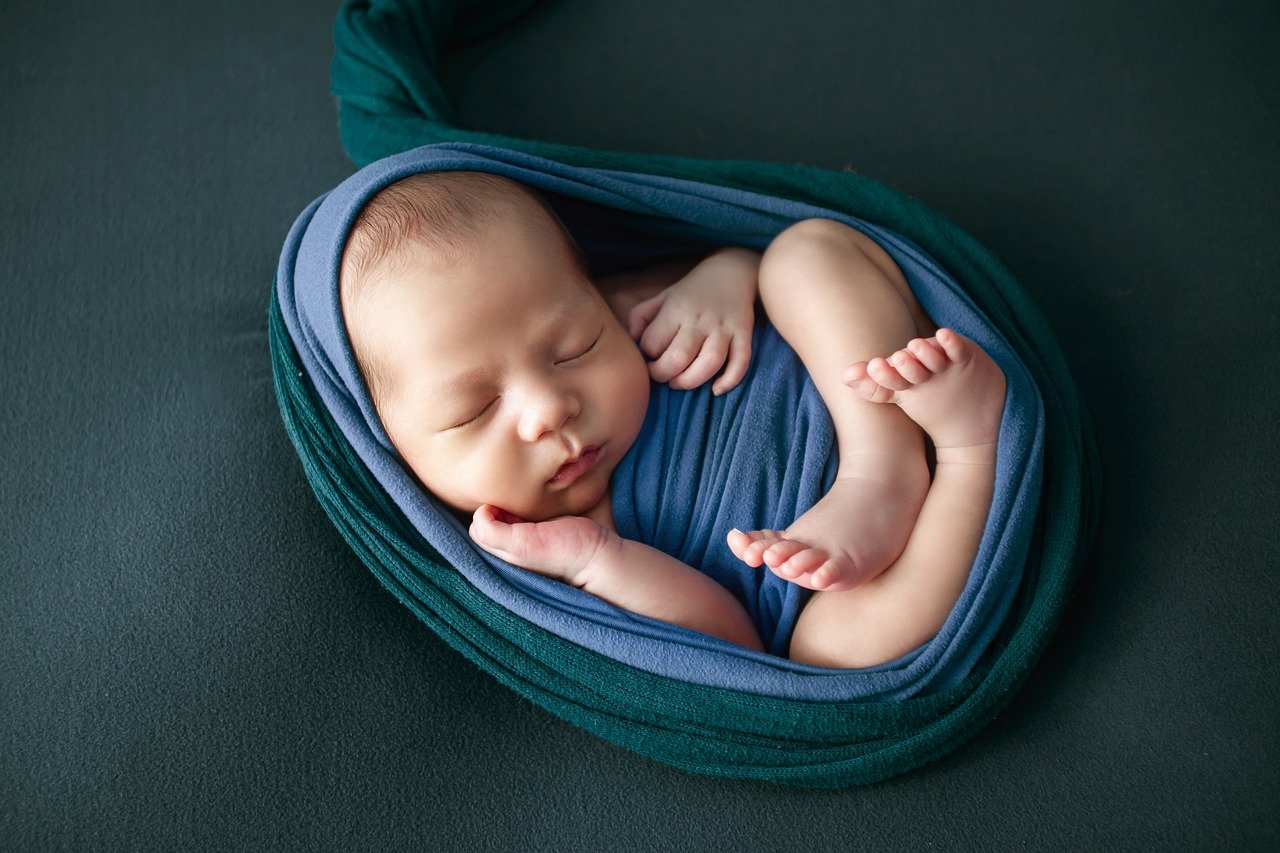
Countertop Safety
When it comes to baby proofing your kitchen, is a vital aspect that often gets overlooked. Picture this: your little explorer, full of curiosity, reaches for that shiny knife or a hot kettle left unattended. Scary, right? That's why it’s essential to keep your countertops clear of hazardous items and create a safe environment where your child can’t accidentally get hurt.
First off, let's talk about removing dangerous items from the countertops. This means putting away anything that could pose a risk, such as sharp utensils, glassware, or hot appliances. A good rule of thumb is to keep your countertops as clutter-free as possible. Not only does this minimize risks, but it also makes cooking and cleaning easier for you. You might even consider using a designated storage area for items you frequently use, like pots and pans, so they’re not left out in the open.
Additionally, consider the use of childproof covers for your stovetop. These covers can prevent little hands from accidentally turning on burners, which can lead to burns or fires. If you have a microwave, ensure that it’s placed at a height that’s out of reach for your child. Remember, out of sight means out of mind, and that’s a good mantra to live by when baby proofing your kitchen.
Moreover, keeping cleaning supplies and other hazardous materials in locked cabinets is crucial. Even if you think your child is too small to reach those high shelves, kids are surprisingly resourceful and can find ways to climb or pull things down. Installing cabinet locks, as discussed earlier, can be a game changer in keeping those dangerous items away from curious hands.
Lastly, it’s not just about what’s on the countertops, but also about how you use them. Always be vigilant while cooking. Never leave pots on the stove unattended, and make sure to turn pot handles inward to avoid any accidental spills. It’s all about creating a safe space where your little one can roam freely without the constant worry of what might happen next.
- What should I keep on my kitchen countertops? Ideally, keep only essential items that are safe and non-hazardous. Store away sharp knives, hot appliances, and cleaning supplies.
- Are childproof covers for stovetops effective? Yes, they can significantly reduce the risk of accidental burns by preventing little hands from turning on the burners.
- How can I prevent my child from climbing onto the countertops? Supervision is key! Additionally, teaching your child about kitchen safety from a young age can help instill good habits.
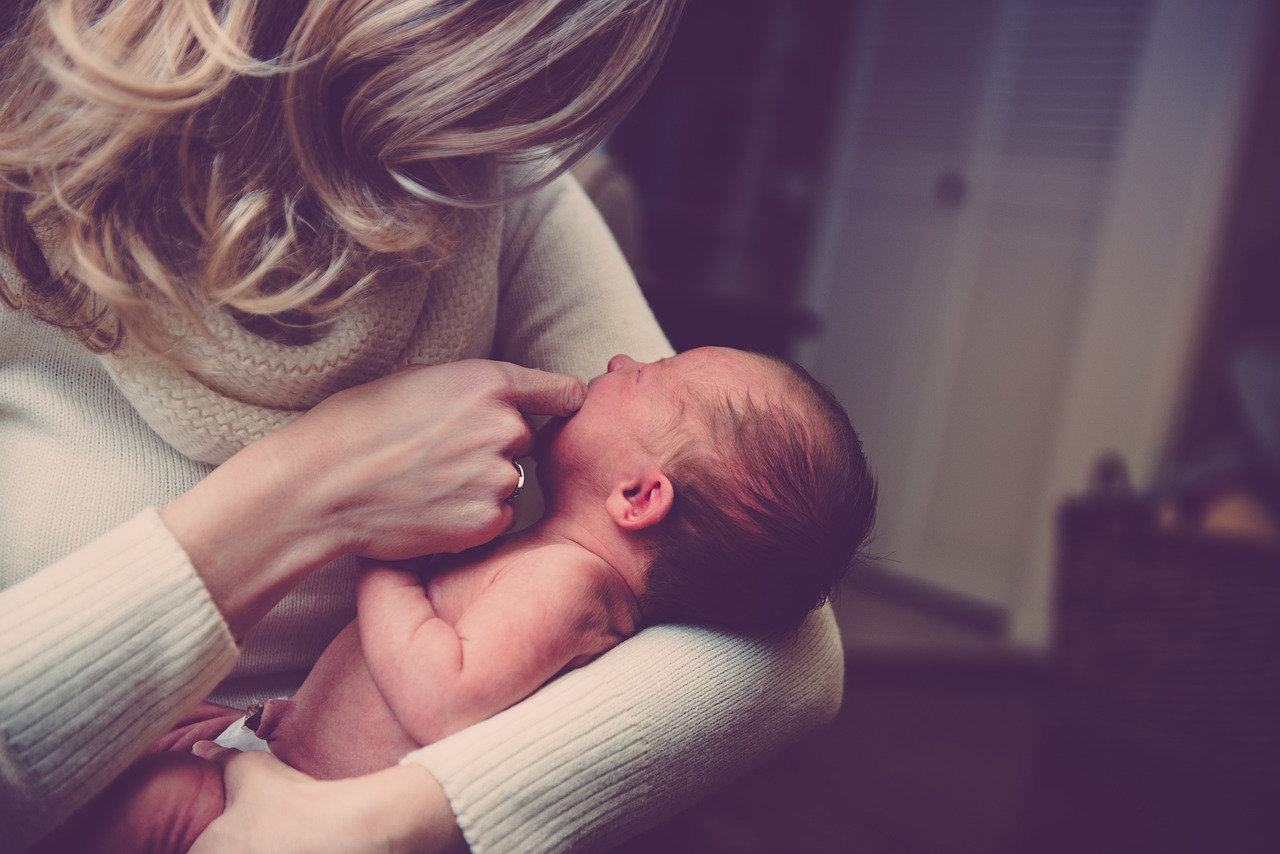
Bathroom Safety
The bathroom can be a treacherous place for little explorers, filled with slippery surfaces and potential hazards lurking around every corner. As a parent, your primary goal is to create a safe environment for your child, and that starts with understanding the unique dangers present in this space. From slippery floors to dangerous toiletries, it’s vital to take proactive measures to ensure your little one can enjoy their bath time without any worries. Remember, a child's curiosity knows no bounds, and they can quickly turn a simple bathroom visit into a risky adventure!
One of the first steps in baby proofing your bathroom is addressing the bathtub area. It's essential to keep your child safe while they enjoy splashing around. Installing non-slip mats on the floor of the tub can significantly reduce the risk of slips and falls. These mats provide a textured surface that helps little feet maintain their grip, making bath time a much safer experience. Furthermore, consider using a bath seat or a non-slip bath mat to enhance safety while your child is in the tub.
Another critical aspect of bathroom safety is ensuring that all toiletries and cleaning supplies are stored out of reach. This includes medications, shampoos, soaps, and any other potentially harmful substances. It’s surprising how quickly a child can access these items if they are left unattended. To tackle this issue, you can use childproof cabinet locks to secure cabinets and drawers. By doing so, you’ll prevent little hands from reaching for dangerous items. Here are some types of locks you might consider:
| Type of Lock | Description |
|---|---|
| Magnetic Locks | Utilizes a magnetic key to unlock, keeping cabinets secure from curious toddlers. |
| Sliding Locks | Simple to install, these locks slide into place, making it harder for kids to open cabinets. |
| Adhesive Locks | These locks stick to surfaces and are easy to remove when no longer needed. |
Additionally, toilet locks are essential for keeping toddlers safe from the toilet bowl, which can pose drowning risks. These locks prevent little ones from accessing the toilet, ensuring that bathroom visits remain safe and secure. There are various options available on the market, from simple latch locks to more advanced models that require a bit of adult finesse to open. Choose a lock that fits your needs and is easy for you to operate but challenging for your child.
Lastly, let’s not forget about the importance of supervision. No amount of baby proofing can replace the watchful eye of a parent. Always stay close during bath time, ready to jump in if needed. This not only ensures your child’s safety but also allows you to engage in fun interactions, turning bath time into a delightful bonding experience.
In summary, bathroom safety is all about being proactive. By installing non-slip mats, securing cabinets and drawers, using toilet locks, and, most importantly, supervising your child, you can create a safe and enjoyable bathroom environment. Remember, a little preparation goes a long way in ensuring that your child can explore their surroundings with confidence and safety!
- What are the best non-slip mats to use in the bathtub? Look for mats with suction cups that adhere securely to the tub surface and are made from durable, water-resistant materials.
- How can I teach my child about bathroom safety? Use simple language to explain the dangers and involve them in the baby-proofing process to help them understand.
- Are there any specific products you recommend for toilet safety? Yes, consider using toilet locks that are easy for adults to operate but secure enough to keep toddlers out.
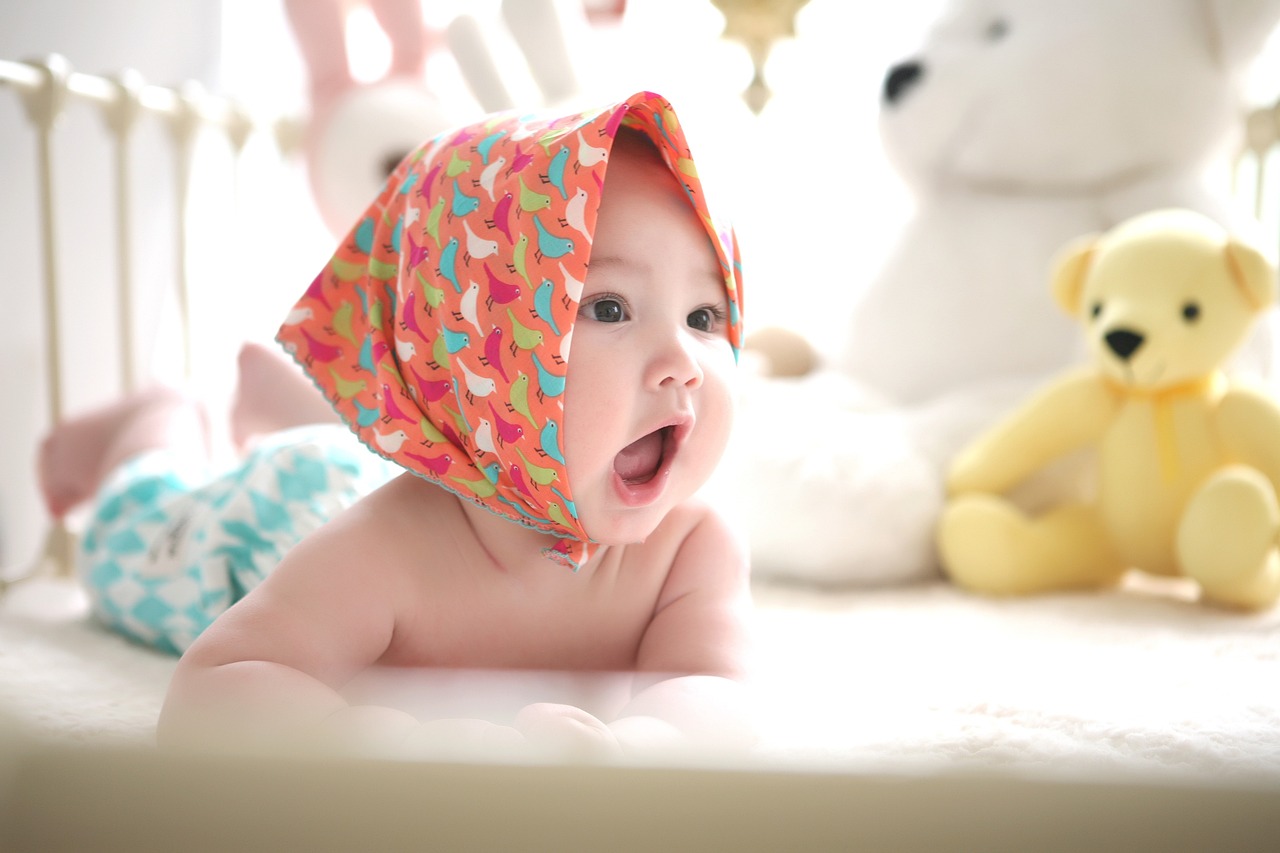
Non-Slip Mats
When it comes to keeping your little one safe in the bathroom, are an absolute must-have. These mats serve as a simple yet effective solution to reduce the risk of slips and falls, which can be particularly dangerous for toddlers who are still mastering their balance. Imagine your child splashing around during bath time, their giggles filling the air, while you can relax knowing that they are safe on a non-slip surface. It’s like having a safety net under their playful antics!
Non-slip mats come in various shapes, sizes, and materials, making it easy to find one that fits perfectly in your bathroom. Whether you’re looking for a mat to place in the bathtub or on the bathroom floor, these mats are designed to provide excellent grip and stability. Many mats are made from rubber or have a textured surface that prevents them from sliding around, even when wet. This feature is crucial because a slippery surface can turn a fun bath time into a hazardous situation in the blink of an eye.
Here are some key features to look for when choosing a non-slip mat:
- Material: Look for mats made from high-quality, water-resistant materials that won’t mold or mildew easily.
- Size: Ensure the mat covers a sufficient area, especially in high-traffic zones like in front of the sink and inside the bathtub.
- Easy to Clean: Opt for mats that are machine washable or easy to wipe down, as cleanliness is vital in a bathroom setting.
- Adhesive Backing: Some mats come with suction cups or adhesive backing that help them stay firmly in place.
Furthermore, consider the design of the mat. Many non-slip mats come in fun colors and patterns, which can make bath time even more enjoyable for your child. A mat that features their favorite cartoon character or vibrant colors can transform an ordinary bathroom into a playful oasis. Just remember, while aesthetics are important, safety should always be your top priority!
In conclusion, investing in non-slip mats is a small step that can make a big difference in ensuring your child’s safety during bath time. With these mats in place, you can focus on creating joyful memories without the worry of accidents. So, go ahead, let the splashing begin!
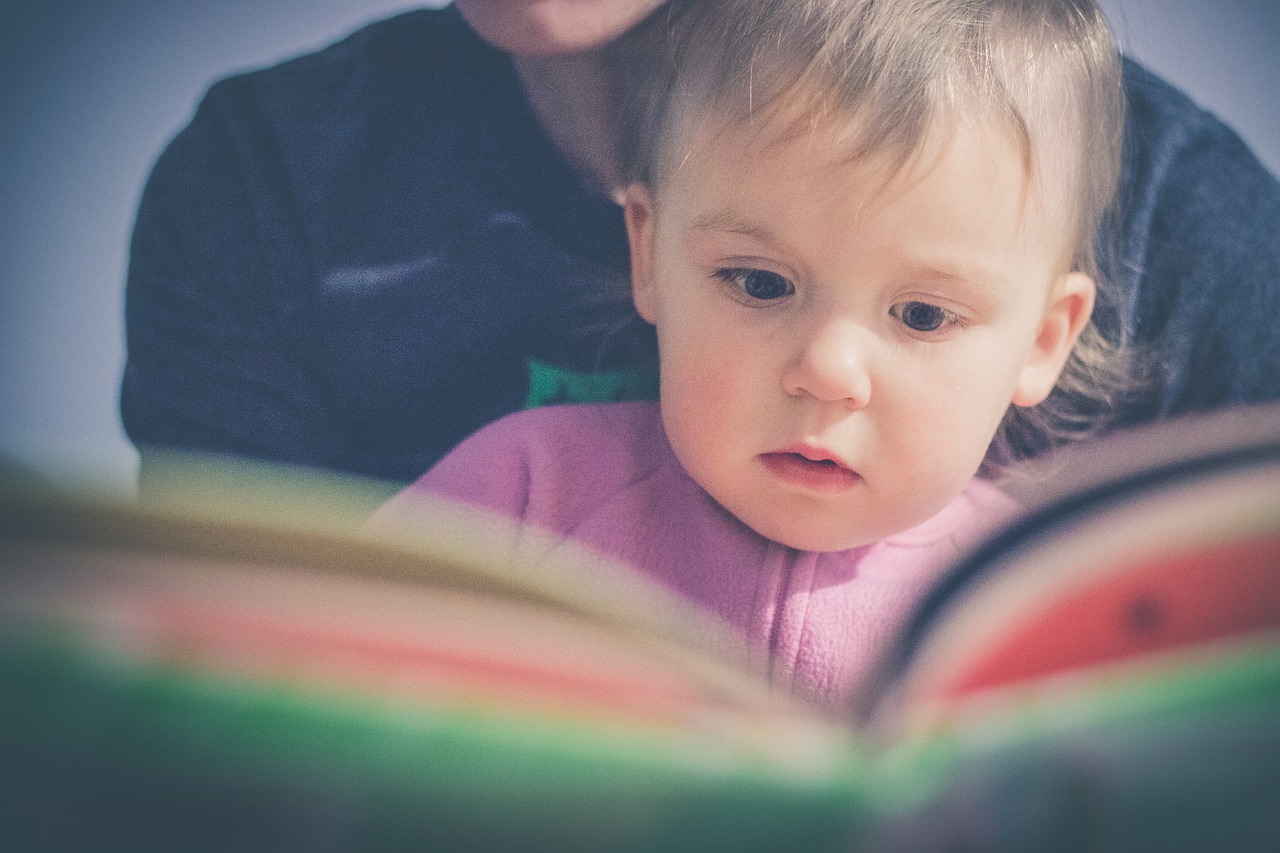
Toilet Locks
Toilet locks are an essential safety feature for any home with young children. Have you ever thought about how curious toddlers can be? They love to explore, and unfortunately, the bathroom can be a treasure trove of potential dangers. The toilet bowl, with its swirling water and mysterious depths, can be particularly enticing for little ones. That's where toilet locks come into play! These handy devices provide a simple yet effective means of keeping your child safe from the risks associated with unsupervised access to the toilet.
When selecting a toilet lock, you'll find a variety of options available on the market. Some popular types include:
- Latch Locks: These locks attach to the toilet lid and require a specific motion to open, making it difficult for toddlers to figure out.
- Magnetic Locks: These operate with a magnetic key that allows parents to easily unlock the toilet while keeping little hands out.
- Slide Locks: These are straightforward to install and can be operated with one hand, providing convenience for busy parents.
It's important to consider the installation process as well. Most toilet locks come with clear instructions, but here are a few tips to ensure you get it right:
- Make sure the surface of the toilet is clean and dry before applying any adhesive components.
- Position the lock in a way that it’s out of reach of your child but still accessible for adults.
- Test the lock thoroughly before relying on it to keep your child safe.
Not only do toilet locks prevent access to the toilet bowl, but they can also help keep children away from harmful cleaning products that might be stored nearby. By taking this simple precaution, you're making a significant step toward creating a safer bathroom environment for your little explorer.
Q1: Are toilet locks easy to install?
A1: Yes, most toilet locks come with easy-to-follow instructions and can be installed in just a few minutes. You typically don’t need any special tools.
Q2: Can toilet locks be removed when no longer needed?
A2: Absolutely! Most toilet locks are designed to be removable without causing any damage to your toilet.
Q3: Do toilet locks work on all toilet types?
A3: While most toilet locks are adjustable and fit standard toilets, it’s always best to check the product specifications to ensure compatibility with your specific model.

Bedroom Safety
Creating a safe sleeping environment is crucial for your baby's well-being. After all, the bedroom is where your little one spends a significant amount of time, especially during the early years. As a parent, you want to ensure that this space is as safe as possible, free from hazards that could lead to accidents. One of the first steps in baby proofing a bedroom is to focus on crib safety guidelines. Following these guidelines not only helps reduce the risk of accidents but also promotes a peaceful sleep environment for both you and your baby.
When setting up the crib, it’s important to consider the mattress height. The mattress should be positioned at a height that allows you to easily lift your baby in and out, while also preventing them from climbing out as they grow. As your child becomes more mobile, you may need to lower the mattress to avoid any potential falls. Additionally, avoiding loose bedding is key; instead of blankets and pillows, opt for a sleep sack or fitted sheet to keep your baby cozy without the risk of suffocation.
Another critical aspect of bedroom safety involves furniture anchoring. Curious toddlers are known for their adventurous spirit, and they often try to climb on furniture. To prevent tipping hazards, it's essential to anchor heavy furniture, such as dressers and bookshelves, to the wall. This simple yet effective measure can provide peace of mind, knowing that your little explorer is safe from potential accidents. You can use brackets or straps to secure these items, and it’s a good idea to check them periodically to ensure they remain secure.
In addition to these measures, keep the bedroom clutter-free. A clean and organized space reduces the risk of tripping or falling over toys and other items. Consider using storage bins or baskets to keep toys out of the way when they’re not in use. Not only does this help maintain a safe environment, but it also teaches your child the importance of tidiness as they grow older.
Lastly, be mindful of the window treatments. Long cords from blinds and curtains can pose a strangulation risk for young children. Opt for cordless window coverings or install cord cleats to keep cords out of reach. This small adjustment can make a significant difference in ensuring your child's safety while they sleep or play in their room.
- What is the safest crib setup for a newborn? Ensure the crib is free from any loose bedding, pillows, or toys. The mattress should be firm and fit snugly against the sides of the crib.
- How can I prevent my toddler from climbing out of the crib? Lower the mattress to the lowest setting as your child grows and ensure there are no objects nearby that they could use to boost themselves.
- Why is furniture anchoring important? Furniture anchoring prevents heavy items from tipping over if your child climbs on them, reducing the risk of serious injuries.
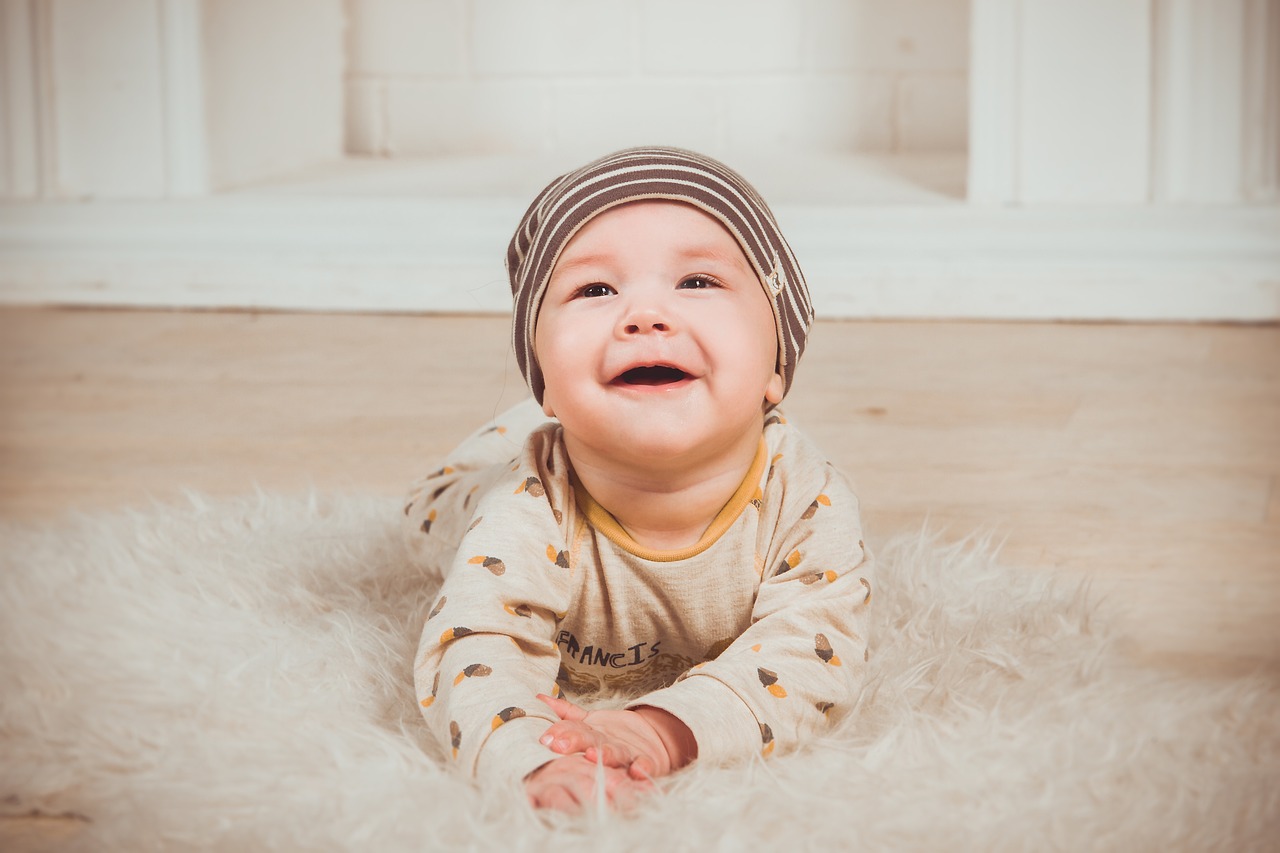
Crib Safety Guidelines
When it comes to ensuring your baby's safety during sleep, are paramount. A crib is not just a piece of furniture; it’s a sanctuary where your little one will spend countless hours resting and dreaming. To create a safe sleeping environment, it's essential to follow specific guidelines that can help reduce the risk of accidents. Here are some key points to consider:
First and foremost, the mattress height is crucial. As your baby grows and begins to sit or stand, adjusting the mattress height is important. Start with the highest setting for newborns, and as they grow, lower it to prevent climbing out. Typically, the mattress should be at its lowest setting by the time your baby can pull up to a standing position. This simple adjustment can make a world of difference in keeping your child safe.
Next, let's talk about loose bedding. While it may be tempting to add cozy blankets and plush toys to your baby's crib, these items can pose serious suffocation hazards. The American Academy of Pediatrics recommends using a fitted sheet and keeping the crib free of pillows, comforters, and stuffed animals. Instead, consider using a sleep sack or wearable blanket to keep your baby warm without the risks associated with loose bedding.
Another vital aspect of crib safety is ensuring that the crib meets current safety standards. Look for a crib that has been certified by the Consumer Product Safety Commission (CPSC). This certification means that the crib has passed rigorous safety tests and adheres to the latest safety regulations. Additionally, avoid using cribs that are older than ten years, as they may not meet today's safety standards and could have design features that are no longer considered safe.
Moreover, be cautious about the spacing between crib slats. The slats should be no more than 2 3/8 inches apart to prevent your baby's head from getting stuck. If you can fit a soda can between the slats, it's too wide! Regularly check your crib for any signs of wear and tear, such as loose screws or broken slats, and address any issues immediately.
Lastly, consider the location of the crib. Position it away from windows, curtains, and cords from blinds or shades. These items can pose strangulation hazards. Also, ensure that the crib is placed away from any furniture that your child could use to climb out. Keeping the crib in a safe, secure area of the room is essential for your child's safety.
By following these crib safety guidelines, you can create a secure sleeping environment for your baby, allowing you to sleep more soundly knowing that your little one is safe. Remember, safety is not just a checklist; it’s an ongoing commitment to ensuring your child’s well-being.
Here are some common questions regarding crib safety:
- What is the safest crib mattress height for a newborn? The highest setting is safest for newborns, but it should be lowered as your baby grows.
- Can I use a bumper pad in the crib? No, bumper pads are not recommended as they pose a suffocation risk.
- How often should I check my crib for safety? Regularly check for loose screws or broken slats, at least once a month.
- Is it safe to use a secondhand crib? Only if it meets current safety standards and is less than ten years old.
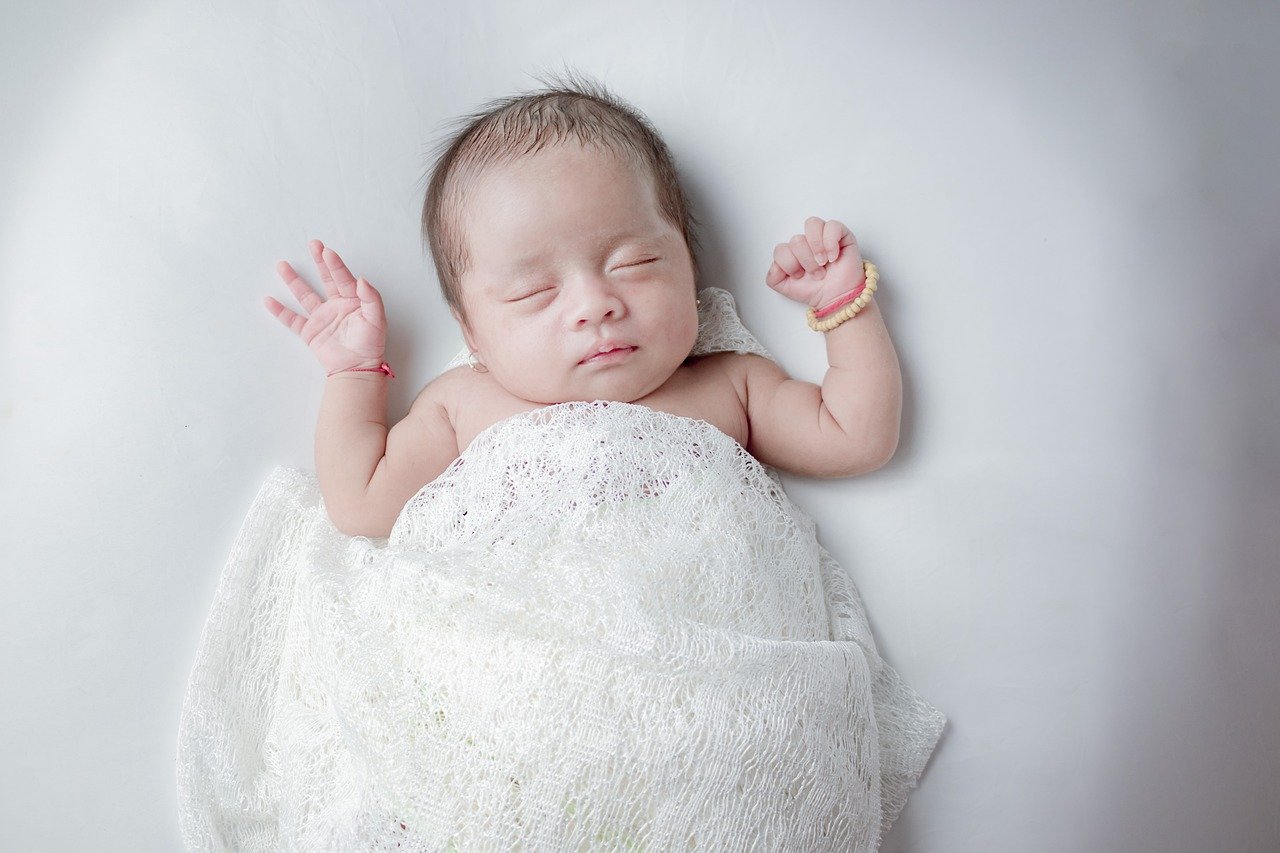
Furniture Anchoring
When it comes to ensuring the safety of your little explorer, is a non-negotiable step in baby proofing your home. Imagine your toddler, full of energy and curiosity, deciding that climbing on the bookshelf is their new favorite game. It’s a scenario that can quickly turn dangerous if that bookshelf isn’t anchored securely to the wall. By taking the time to anchor furniture, you're not just preventing accidents; you’re creating a safe haven for your child to grow and learn without the constant worry of tipping hazards.
To get started with furniture anchoring, you’ll want to focus on large, heavy pieces that could pose a risk if pulled or climbed upon. This includes items like bookshelves, dressers, and entertainment centers. Here’s a quick rundown of the steps you should follow:
- Choose the Right Anchors: Depending on the type of wall you have (drywall, concrete, etc.), select appropriate anchors. For drywall, toggle bolts or wall anchors work well, while concrete walls may require masonry screws.
- Locate Wall Studs: Use a stud finder to locate the studs in your wall. Anchoring furniture to studs provides a more secure hold than just drywall.
- Secure the Furniture: Use brackets or straps to attach the furniture to the wall. Make sure they’re tight and secure, and double-check that everything is stable before letting your child near it.
It's important to remember that while anchoring furniture is a critical step, it’s just one part of a larger strategy for keeping your home safe. Regularly inspect your anchored furniture to ensure that nothing has come loose over time. Kids are notoriously good at finding ways to test the limits, so staying proactive is key.
Additionally, consider the layout of your child's bedroom. Placing larger items like cribs and dressers away from windows can also help mitigate risks associated with climbing. By creating a thoughtful and safe environment, you’re not only protecting your child but also giving yourself peace of mind.
1. Why is furniture anchoring important?
Furniture anchoring is crucial because it helps prevent heavy furniture from tipping over, which can cause serious injuries to curious toddlers who may try to climb or pull on them.
2. What types of furniture should I anchor?
You should anchor all large and heavy pieces of furniture, including bookshelves, dressers, cabinets, and entertainment centers, especially in areas where your child plays.
3. How do I anchor furniture properly?
To anchor furniture properly, locate wall studs using a stud finder, choose the right anchors for your wall type, and securely attach the furniture to the wall using brackets or straps.
4. How often should I check the anchors?
It’s a good idea to check the anchors every few months or whenever you notice any movement in the furniture. Regular inspections ensure that everything remains secure.
5. Can I hire someone to help with furniture anchoring?
Absolutely! If you’re not comfortable with DIY projects, consider hiring a handyman or professional to help secure your furniture safely.
Frequently Asked Questions
- What is baby proofing and why is it important?
Baby proofing is the process of making your home safer for infants and toddlers by removing or securing potential hazards. It's crucial because babies are naturally curious and tend to explore their surroundings, which can lead to accidents if safety measures aren't in place.
- How can I baby proof my living room?
To baby proof your living room, start by securing heavy furniture to the walls to prevent tipping. Remove sharp objects, keep cords out of reach, and create a designated play area with soft toys and cushions to ensure a safe space for your little one to explore.
- What are the best cabinet locks for the kitchen?
There are several effective cabinet locks available, including magnetic locks, sliding locks, and adhesive locks. Choose one that suits your needs and ensure it's installed correctly to keep your child away from dangerous items like cleaning supplies and sharp utensils.
- How can I ensure countertop safety in the kitchen?
To maintain countertop safety, always keep hazardous items like knives, scissors, and hot pots out of reach. Consider using a high shelf for dangerous tools and make it a habit to clear the counter after cooking to prevent accidental access by curious little hands.
- What should I do to make my bathroom safer for my child?
To enhance bathroom safety, use non-slip mats in the tub and on the floor to prevent slips. Install toilet locks to keep your toddler from accessing the toilet and always keep toiletries and cleaning products securely stored away from reach.
- Are crib safety guidelines important?
Absolutely! Following crib safety guidelines is essential to prevent accidents. This includes ensuring the mattress is at the correct height, using a firm mattress without loose bedding, and keeping the crib free from toys that could pose a suffocation risk.
- How can I anchor furniture to prevent tipping?
You can anchor furniture by using wall anchors or brackets that secure the furniture to the wall. This is particularly important for tall dressers or bookshelves, as it prevents them from tipping over if your child tries to climb or pull on them.

